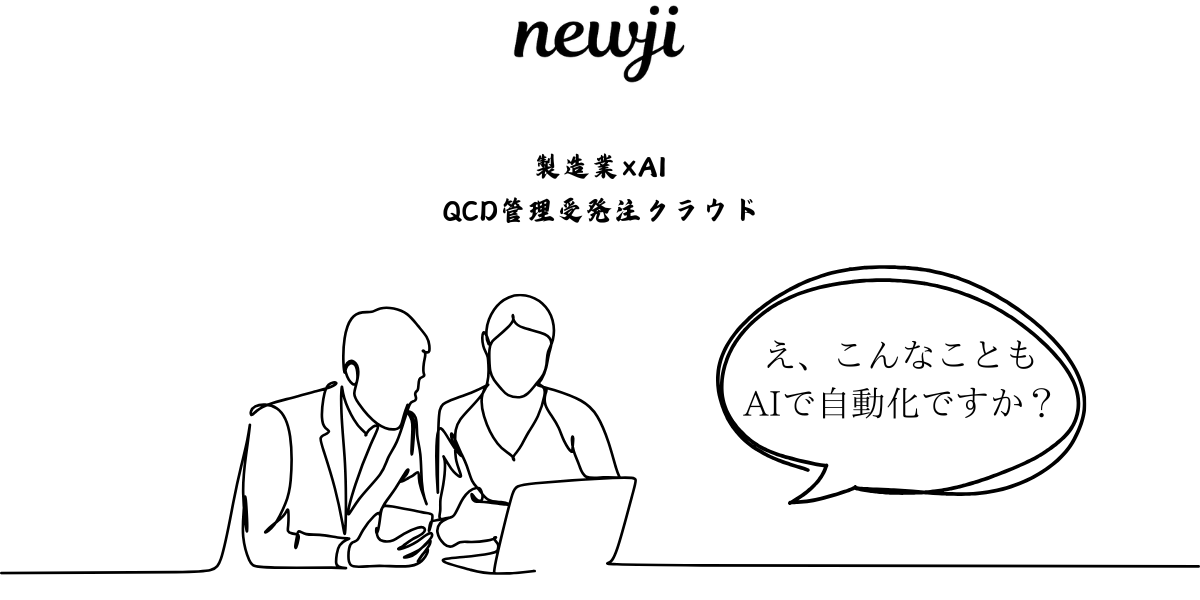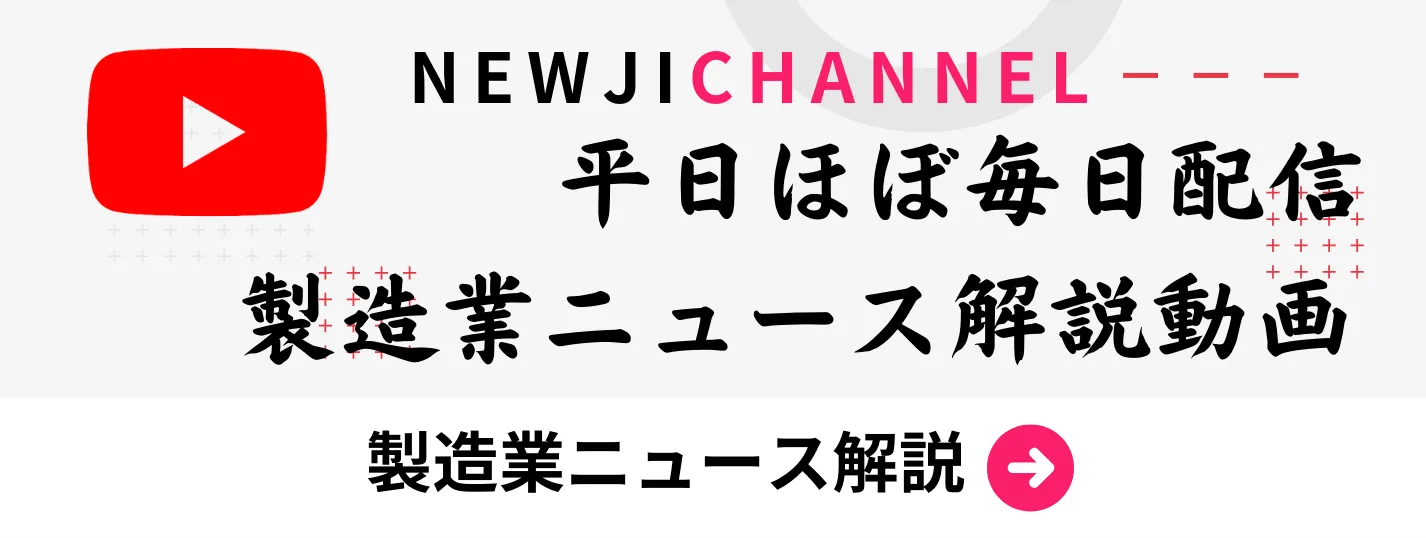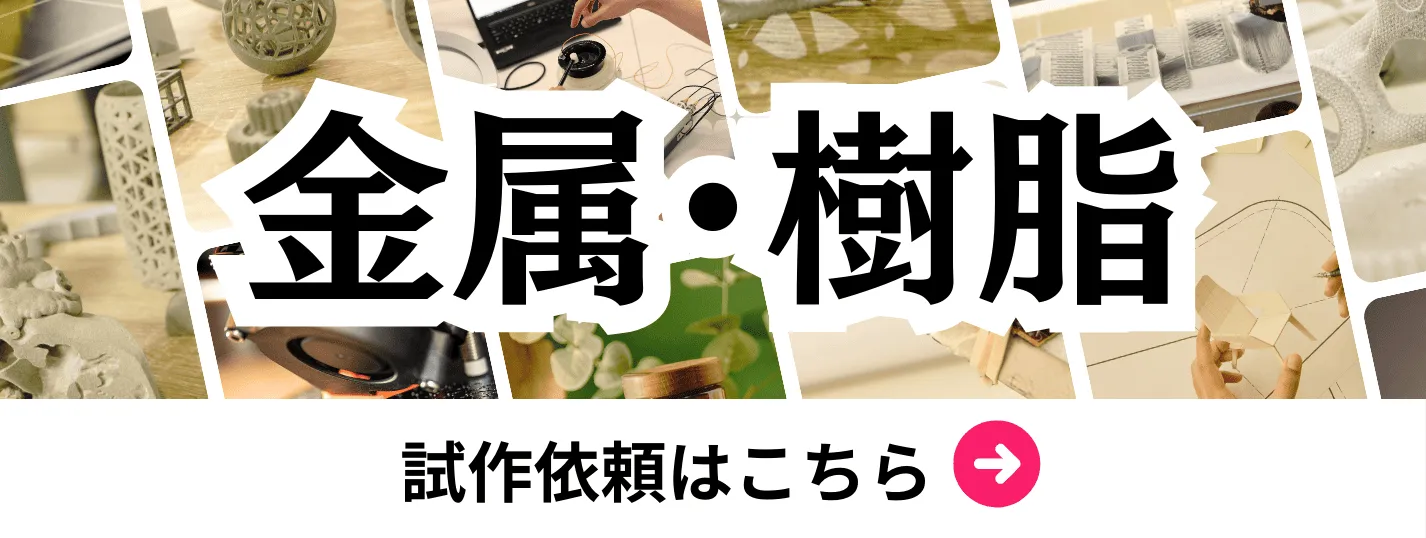- お役立ち記事
- Fundamentals, measurement and reduction measures of aerodynamic noise
月間76,176名の
製造業ご担当者様が閲覧しています*
*2025年3月31日現在のGoogle Analyticsのデータより

Fundamentals, measurement and reduction measures of aerodynamic noise

目次
Understanding Aerodynamic Noise
Aerodynamic noise is a type of sound that occurs when air interacts with solid objects, leading to vibrations and disturbances in the air around them.
It’s commonly encountered in various situations, such as when vehicles move at high speeds, airplanes fly, or wind moves past buildings and structures.
This noise can contribute to environmental noise pollution and affect the comfort and wellbeing of people.
Despite these impacts, with the right understanding and strategies, it’s possible to measure and reduce aerodynamic noise effectively.
To address this, let’s delve into the fundamentals, how we measure this kind of noise, and explore strategies for its reduction.
Fundamentals of Aerodynamic Noise
The production of aerodynamic noise is closely related to the principles of aerodynamics – the study of how air interacts with solid bodies.
When a body moves through air, or air moves past a body, the flow of air gets disturbed.
This disturbance generates sound waves which we identify as aerodynamic noise.
The sound is primarily generated by fluctuating pressure fields arising from unsteady flows.
These flows may be uniform or random, contributing differently to the noise level.
For instance, the flow along a smooth surface might generate less noise compared to flow near edges or protrusions where turbulence is higher.
Additionally, the speed of the air flow and the shape of the object significantly affect the intensity and frequency of the aerodynamic noise produced.
Faster air flow and complex shapes typically lead to higher levels of noise.
It’s critical to understand these aspects as they form the basis for developing measurement techniques and reduction measures.
Measuring Aerodynamic Noise
Accurate measurement of aerodynamic noise is vital for its analysis and subsequent reduction.
The measurement process involves several key steps and equipment.
Microphones
Microphones are the primary equipment used for measuring noise, including aerodynamic noise.
They capture sound waves and convert them into electrical signals that can be analyzed.
When using microphones, it’s important to ensure they have a wide frequency range to capture the full spectrum of noise.
Wind Tunnels
Wind tunnels are another essential tool for measuring aerodynamic noise, particularly in controlled environments.
By simulating air flow around objects, wind tunnels can replicate the conditions that generate noise.
This allows researchers to pinpoint sources of noise and test various noise-reduction modifications to structures.
Signal Processing and Analysis
Once data is collected, signal processing and analysis software is used to interpret the information.
This involves filtering out background noise, understanding the frequency and amplitude of the aerodynamic noise, and identifying the key sources of the noise.
Using advanced software algorithms facilitates a more precise analysis, which is crucial for developing effective reduction strategies.
Strategies to Reduce Aerodynamic Noise
Developing effective strategies for reducing aerodynamic noise can benefit a range of industries, from automotive to aviation and civil engineering.
Various approaches can be used to minimize this type of noise.
Design Optimization
One of the most effective ways to reduce aerodynamic noise is by optimizing the design of objects that interact with air.
By smoothing surfaces or streamlining shapes, the flow of air can become more laminar, reducing turbulence.
Grating, small edges, or vents can also be added strategically to let air pass through instead of causing noise-inducing disturbances.
Use of Quiet Materials
Materials that absorb sound rather than reflecting it will help in reducing noise levels.
These may include porous materials designed specifically to dampen sound energy.
In some cases, adding a layer of such materials to surfaces exposed to air flow can significantly cut down the resulting aerodynamic noise.
Active Noise Control
Another modern approach is active noise control, which involves using technology to cancel out existing noise.
This is achieved by introducing sound waves of the opposite phase to the unwanted noise, thus canceling it out.
Such systems can be integrated into vehicles and aircraft, significantly improving the acoustic environment.
Improved Component Alignment
For effective noise reduction, ensuring components, such as wheels or engine parts, are perfectly aligned can also be crucial.
Misaligned components can create additional turbulence, thus leading to increased noise.
The Role of Regulation and Standards
Regulatory bodies across the world have set noise standards and guidelines to promote quieter environments.
These regulations are important for guiding industries towards implementing noise-reduction practices.
Compliance with these standards is often necessary, especially in industries with high noise emissions, such as aviation and automotive.
Manufacturers are encouraged to invest in noise-reduction measures not only to comply with regulations but also to enhance user comfort and experience.
Conclusion
Aerodynamic noise, though sometimes inevitable, does not have to be a persistent issue.
Through thorough understanding, precise measurement, and the implementation of effective reduction strategies, its impact can be greatly mitigated.
Whether through design optimization, the use of quiet materials, or robust active noise control systems, reducing aerodynamic noise contributes to quieter and more comfortable environments.
Additionally, following regulations and embracing new technologies plays a crucial role in fostering an acoustically friendly world.
Embracing these measures benefits both the broader environment and individual wellbeing, demonstrating the importance of continued research and innovation in this field.
 資料ダウンロード
資料ダウンロード
QCD管理受発注クラウド「newji」は、受発注部門で必要なQCD管理全てを備えた、現場特化型兼クラウド型の今世紀最高の受発注管理システムとなります。
 ユーザー登録
ユーザー登録
受発注業務の効率化だけでなく、システムを導入することで、コスト削減や製品・資材のステータス可視化のほか、属人化していた受発注情報の共有化による内部不正防止や統制にも役立ちます。
 NEWJI DX
NEWJI DX
製造業に特化したデジタルトランスフォーメーション(DX)の実現を目指す請負開発型のコンサルティングサービスです。AI、iPaaS、および先端の技術を駆使して、製造プロセスの効率化、業務効率化、チームワーク強化、コスト削減、品質向上を実現します。このサービスは、製造業の課題を深く理解し、それに対する最適なデジタルソリューションを提供することで、企業が持続的な成長とイノベーションを達成できるようサポートします。
 製造業ニュース解説
製造業ニュース解説
製造業、主に購買・調達部門にお勤めの方々に向けた情報を配信しております。
新任の方やベテランの方、管理職を対象とした幅広いコンテンツをご用意しております。
 お問い合わせ
お問い合わせ
コストダウンが利益に直結する術だと理解していても、なかなか前に進めることができない状況。そんな時は、newjiのコストダウン自動化機能で大きく利益貢献しよう!
(β版非公開)









